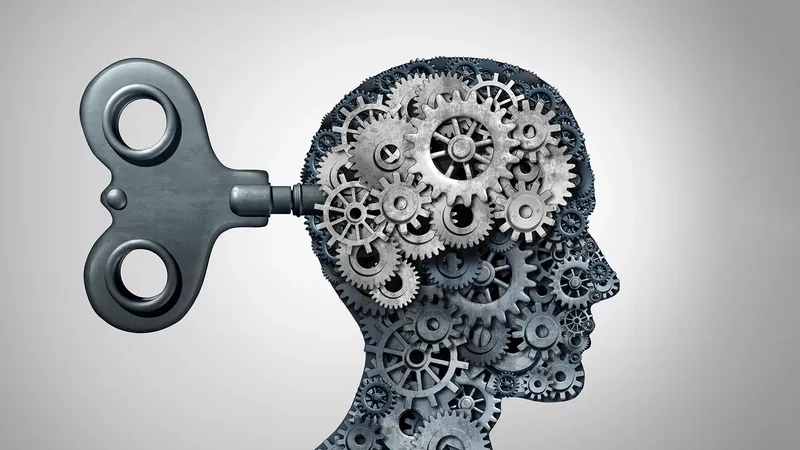
Unraveling the Dopamine Clock: How Your Brain Predicts Pleasure
2025-06-09
Author: Amelia
The Role of the Ventral Tegmental Area (VTA)
Meet the ventral tegmental area (VTA), the powerhouse behind our motivation and reward system. This tiny cluster of neurons is the brain's primary source of dopamine, sending this crucial chemical to various regions of the brain to spark actions in response to positive stimuli.
From Reward Center to Prediction Hub
Initially viewed as merely the brain's reward center, groundbreaking research in the 1990s led to a stunning revelation: the VTA doesn't just respond to rewards but predicts them! As Alexandre Pouget, a leading neuroscientist at UNIGE, notes, the VTA's power lies in foreseeing future rewards.
The Science Behind Reinforcement Learning
Think about it: experiments with animals reveal that when a reward reliably follows a specific signal, the VTA fires dopamine even before the reward arrives—right when the signal appears. This mechanism encodes not the reward itself, but the anticipation of it, forming the basis for what we call 'reinforcement learning.' This principle is not just vital for human learning; it’s also the foundation for advanced artificial intelligence algorithms, like AlphaGo, which famously defeated a world champion in the game of Go.
New Insights from Recent Research
In a groundbreaking study led by Pouget, alongside renowned collaborators from Harvard and McGill, the findings reveal that the VTA's functions are even more intricate than previously understood. Instead of merely predicting the highest future rewards, it tracks their timing. Each potential gain is represented distinctly, pinpointing the exact moment it’s expected.
Diverse Timing: The Key to Flexible Learning
Researchers found a fascinating aspect: VTA neurons prioritize rewards that are imminent over those farther out—not shocking in itself. However, different neurons specialize in different time frames. Some focus on immediate rewards, while others look ahead to those expected in a minute or even later. This nuanced understanding of reward timing equips the learning system with flexibility, enabling it to adjust based on immediate or delayed rewards according to one’s goals.
A Symbiotic Relationship: Neuroscience Meets AI
These groundbreaking insights stem from a rich collaboration between neuroscience and artificial intelligence. Pouget devised a sophisticated mathematical algorithm incorporating reward timing, while Harvard's researchers provided extensive data about VTA activity observed in animal reward scenarios. The remarkable outcome? When they applied Pouget's algorithm to their data, their results aligned perfectly.
This interplay exemplifies how AI doesn’t just borrow from brain science; it also offers powerful tools for unveiling our neurophysiological processes, paving the way for deeper insights into how we learn and anticipate pleasure.

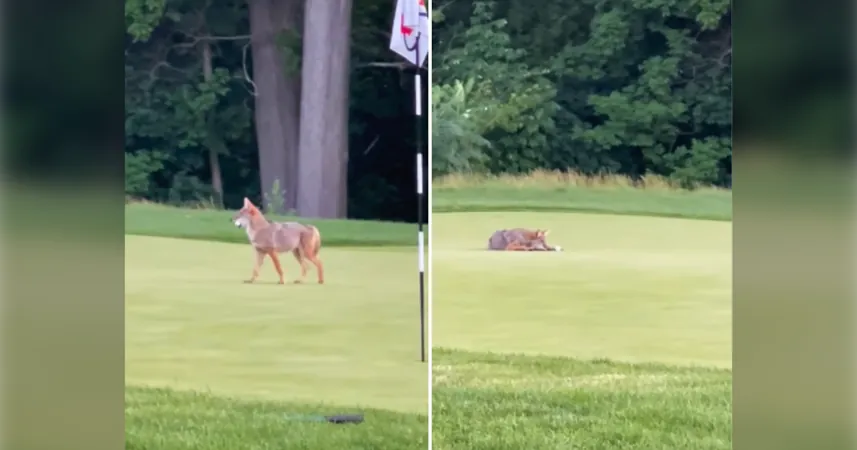

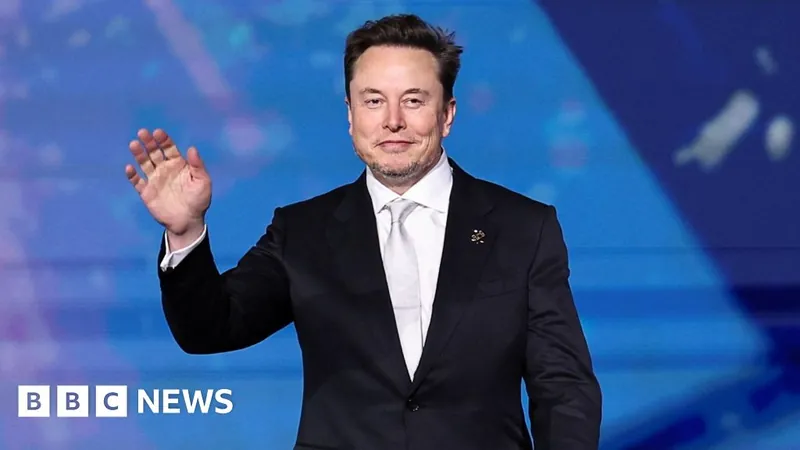
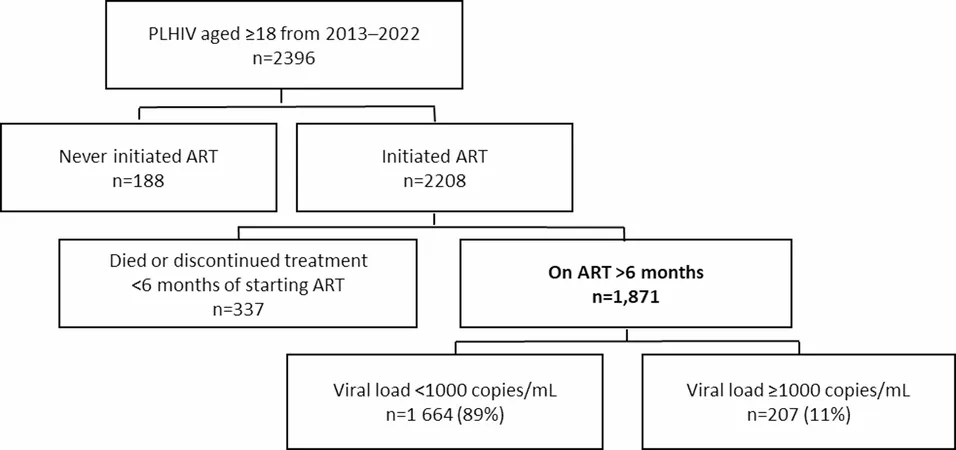
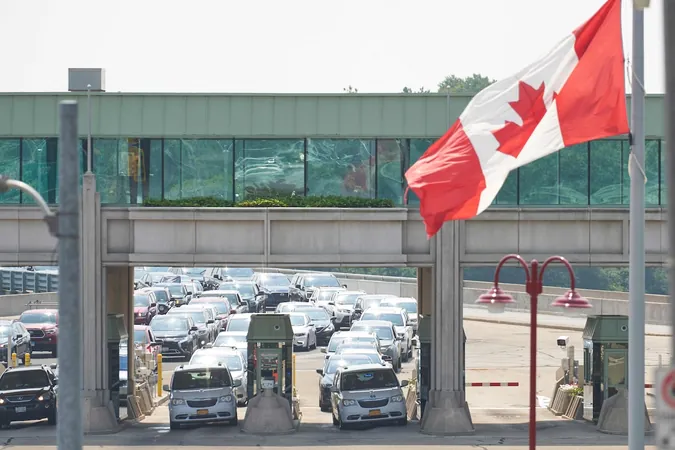


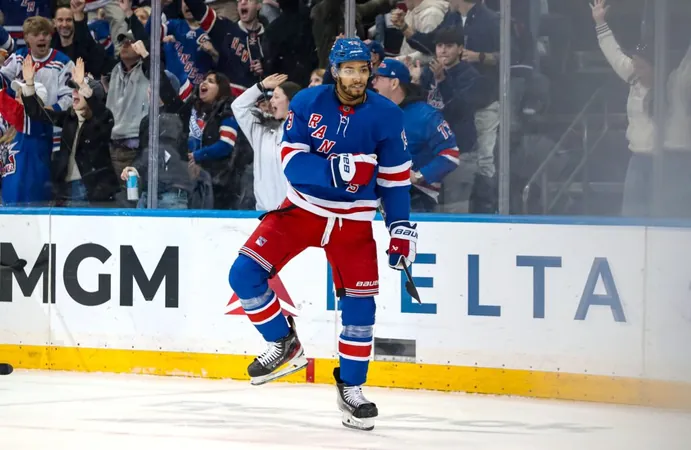
 Brasil (PT)
Brasil (PT)
 Canada (EN)
Canada (EN)
 Chile (ES)
Chile (ES)
 Česko (CS)
Česko (CS)
 대한민국 (KO)
대한민국 (KO)
 España (ES)
España (ES)
 France (FR)
France (FR)
 Hong Kong (EN)
Hong Kong (EN)
 Italia (IT)
Italia (IT)
 日本 (JA)
日本 (JA)
 Magyarország (HU)
Magyarország (HU)
 Norge (NO)
Norge (NO)
 Polska (PL)
Polska (PL)
 Schweiz (DE)
Schweiz (DE)
 Singapore (EN)
Singapore (EN)
 Sverige (SV)
Sverige (SV)
 Suomi (FI)
Suomi (FI)
 Türkiye (TR)
Türkiye (TR)
 الإمارات العربية المتحدة (AR)
الإمارات العربية المتحدة (AR)